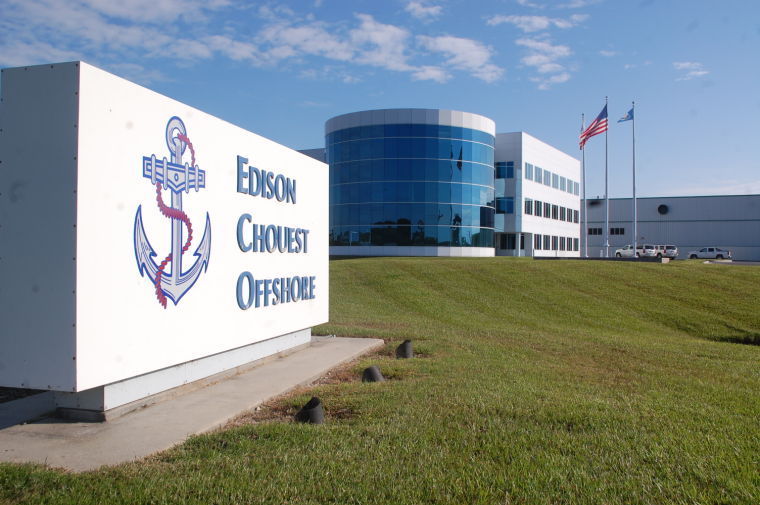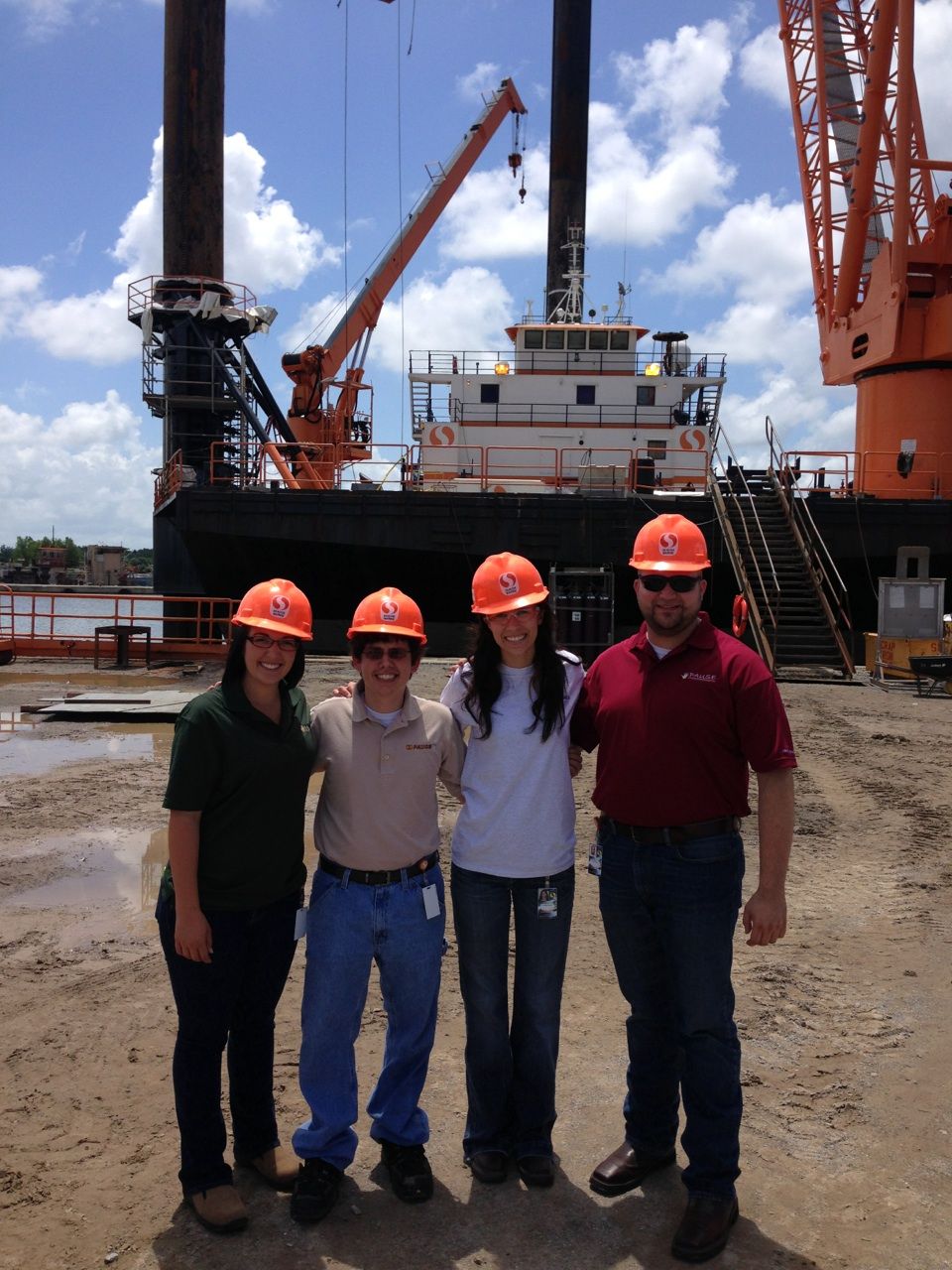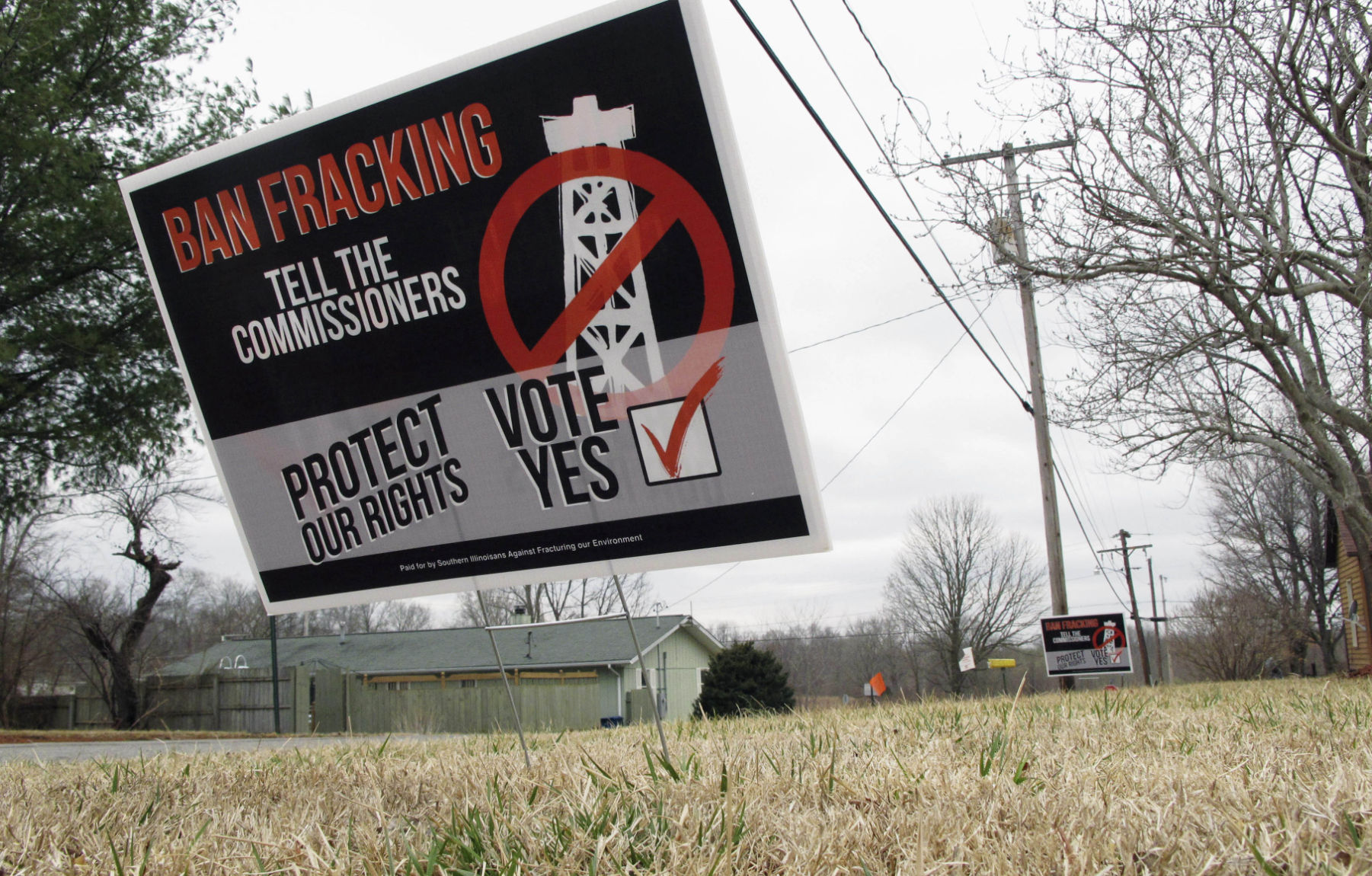
Oilfield boosts Lafourche’s economy
September 25, 2014
Nicholls maritime management program a first for Louisiana
September 25, 2014If you watch the news on television, listen to it on radio or, hopefully, read a copy of the The Times newspaper, it’s no secret to you that fracking is a controversial yet effective method of harvesting natural gas.
Through many parts of Louisiana, and the rest of the nation for that matter, fracking – or hydrolic fracturing as it’s officially called – has gained both praise and criticism for its economic positives and possible environmental negatives.
The process of fracking involves fracturing underground rock by a hydraulically pressurized liquid, allowing for the harvesting of natural gas, petroleum and brine.
There are two types of fracking – horizontal and vertical. Horizontal is the one making national headlines for catching the ire of green groups. A more effective method, it extracts resources from shale plays, which are underground rock formations that house shale gas. Due to the ability to go sideways underground, horizontal fracking allows much more potential to score a great supply.
Because there is no shale play underneath the ground of the Bayou Region, horizontal fracking is not an option here. Vertical fracking, however, can be done pretty much anywhere, and it has been done along the southern reaches of the coast, but legacy lawsuits limit their use, according to Louisiana Oil & Gas Association President Don Briggs.
“Over 360 legacy lawsuits have been filed around the state of Louisiana,” Briggs said. “These suits are directly impacting the investor dollars that are coming to our state.”
Because vertical fracking uses much less water and equipment, according to Louisiana Mid-Continent Oil and Gas Association President Chris John, it is much less controversial. He added that Bayou Region wells could be productive without fracking, but fracking improves performance.
So don’t expect to see anti-fracking picketers locally.
For, the rest of the state, not so much.
Louisiana features three major shale plays including the Haynesville Shale and the Brown Dense Shale in the northern portion of the state and the Tuscaloosa Marine Shale, which spans the central part of the state west-to-east from the DeRidder area through the Alexandria and Baton Rouge areas and through the Northshore to the Slidell area.
Briggs said since fracking has been taking place commercially since 1949, more than 1 million wells have been fracked in the U.S. alone.
“Look around the nation. There is an oil-and-gas play touching nearly every region of the nation. All of this activity is thanks to the process and technology of hydraulic fracturing. Our country is moving closer to being energy secure everyday,” Briggs said.
Critics, however, say horizontal fracking could contaminate ground water, negatively affect air quality by introducing hydrocarbons to the surface and even cause earthquakes, among other geographic problems.
Proponents of fracking say they have not seen any scientific evidence to support any meaningful concerns regarding those claims.
“To my knowledge there has been no, and the key word here is scientific, there’s been no scientific evidence of any surface water or ground water being harmed by the fracking technique. There are some earthquakes, but they are trivial and minor and not destructive,” economic consultant Dr. Loren Scott said. “ … There’s going to be a set of people out there who watch dumb movies like [“Promised Land”] ,which is just totally fictitious, and other pieces that are not based on science. They just think it’s going to be something horrible when scientifically it has not been shown to be horrible at all.”
Briggs added that the Environmental Protection Agency has conducted several taxpayer-funded studies to find any negative impacts of fracking, and they have all returned inconclusive.
“The purported risk to drinking water sources is misguided as it is the initial construction of the well through the drinking water zones that pose the potential risk, be it a fracked well or not. This is also true of drinking water wells,” John said. “Fracking in Louisiana occurs approximately two miles below any drinking water zone. It is virtually impossible technically for a fracking activity to affect a drinking water source if the initial construction of the well was adequate.”
John said Louisiana is looking at $60 to $100 billion of investments due to fracking and competitive natural gas prices right now, and Briggs said the Haynesville Shale generated $40 billion in direct economic growth between 2008-10 alone.
“There are a lot of potential jobs across the central part of the state,” Scott said. “The only way [the Tuscaloosa Marine Shale] is going to be harvested is with the fracking technique, and there are a lot of potential high-paying jobs associated with this technique. And if you decide to be against it, then I suggest that you read the science and not watch the movies about this technique.”
Multiple groups that are publically against horizontal fracking did not grant The Times attempt for comments.
This March 12 photo displays a sign near the Johnson County courthouse in Vienna, Ill., urging voters to defeat a ballot referendum on the drilling practice called hydraulic fracturing or fracking. Across the nation, environmentalists and concerned citizens are speaking out against the practice, although experts argue that no scientific evidence exists against it.











